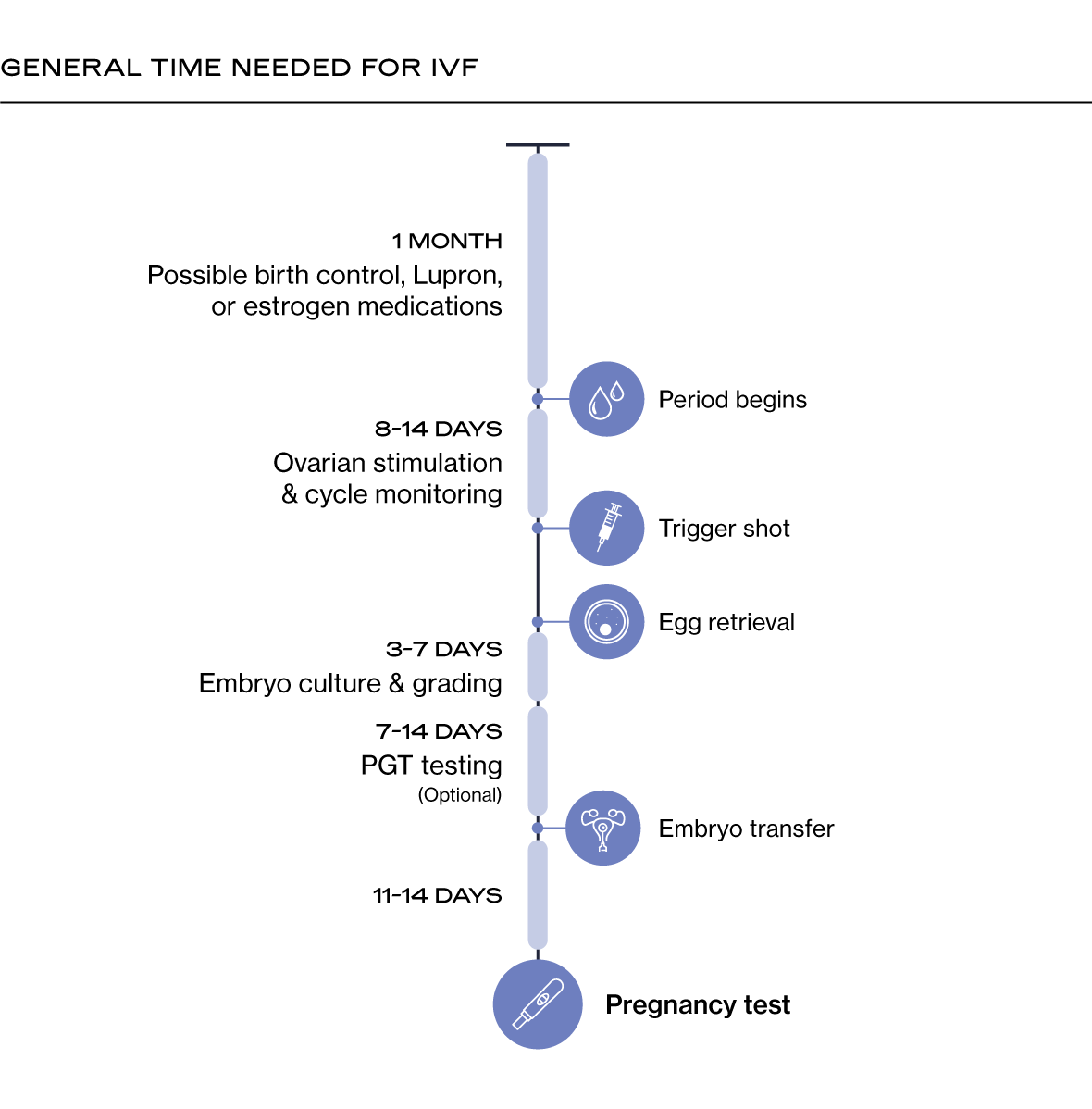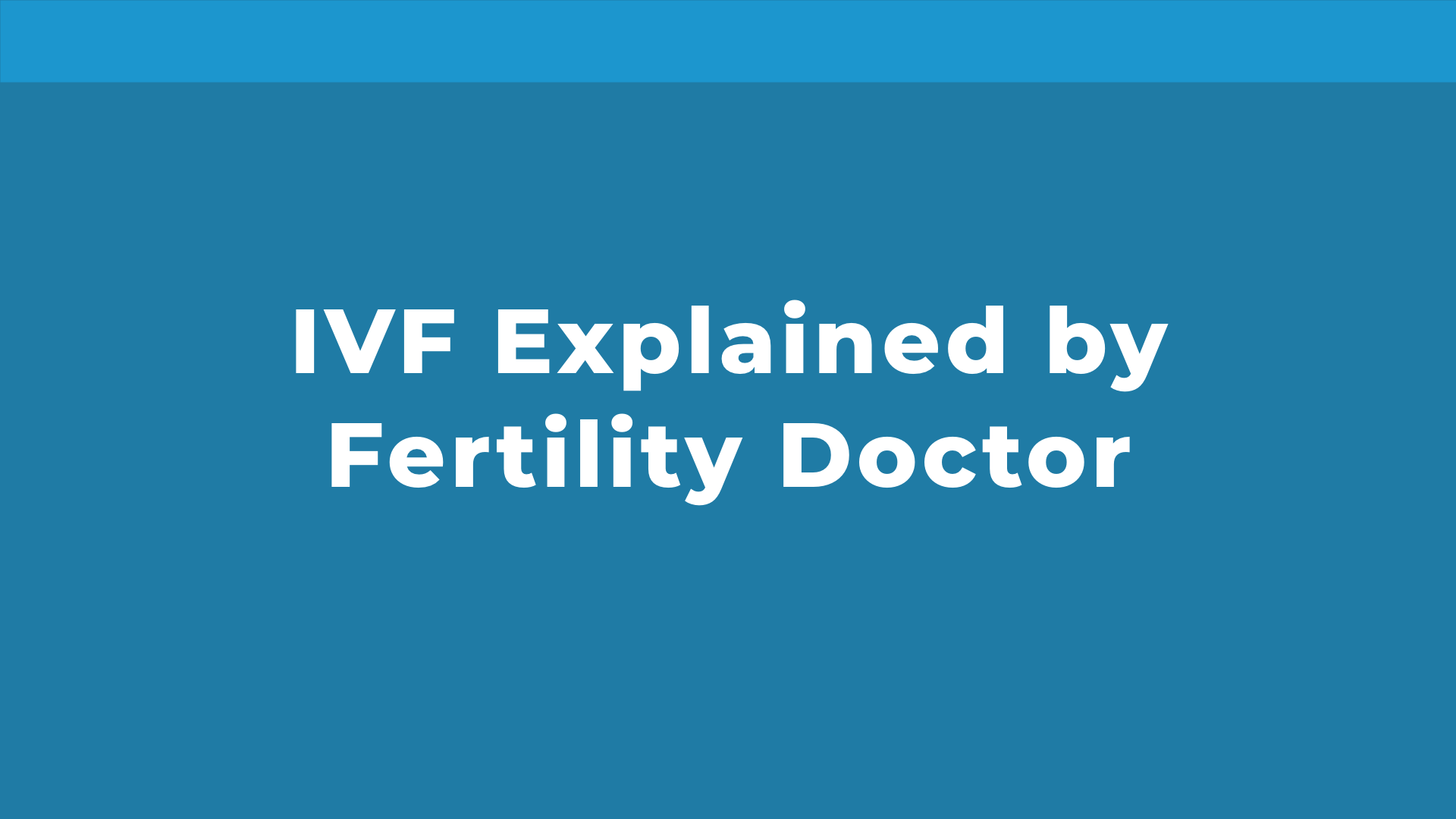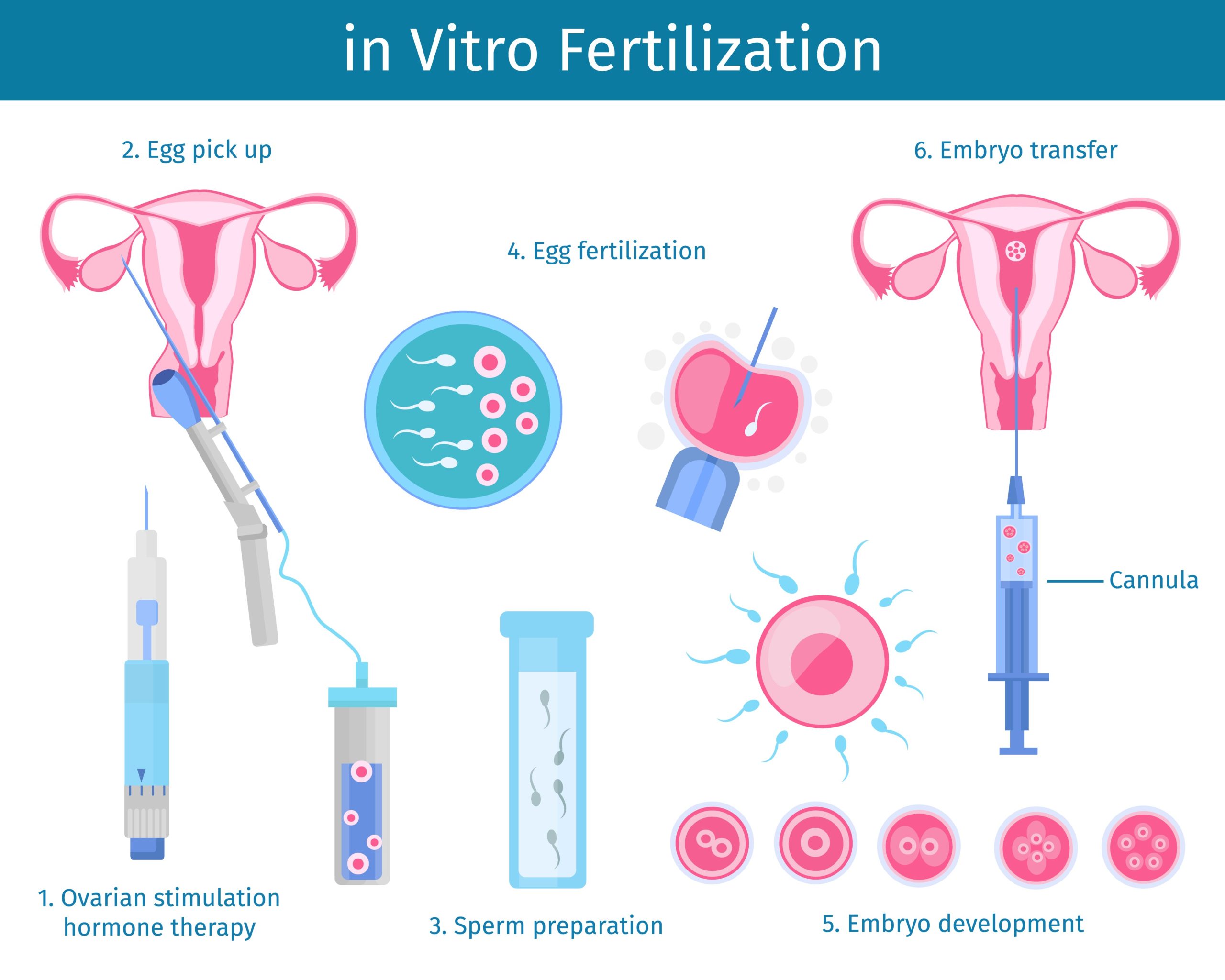
Does IVF Increase Cancer Risk? A Deep Dive into the Facts, Fears, and Future
April 27, 2025
How Many Embryos Are Implanted in IVF?
April 28, 2025Does Kaiser Cover IVF? Your Complete Guide to Understanding Fertility Coverage
Navigating the world of fertility treatments can feel like wandering through a maze—especially when it comes to figuring out what your insurance will actually pay for. If you’re a Kaiser Permanente member, you might be wondering: Does Kaiser cover IVF? It’s a big question, and the answer isn’t a simple yes or no. Coverage depends on your specific plan, where you live, and even your personal circumstances. Let’s break it down together so you can get a clear picture of what to expect, plus some insider tips to make the process smoother.
Fertility struggles are tough enough without the added stress of financial uncertainty. In vitro fertilization (IVF) is one of the most effective treatments out there, but it’s also one of the priciest. That’s why understanding your insurance is so important. In this guide, we’ll dive into how Kaiser handles IVF coverage, what you can do to maximize your benefits, and some fresh perspectives you won’t find everywhere else—like how recent trends and lesser-known options could impact your journey.

What Is IVF, and Why Does Coverage Matter?
IVF stands for in vitro fertilization, a process where eggs are fertilized with sperm outside the body and then placed into the uterus. It’s a game-changer for many people facing infertility—whether due to blocked fallopian tubes, low sperm count, or unexplained challenges. But here’s the catch: a single IVF cycle can cost anywhere from $12,000 to $20,000, not including medications or extra procedures. For most folks, that’s not pocket change.
Insurance coverage can make or break your decision to pursue IVF. If Kaiser covers it for you, it could slash those costs significantly. But if it doesn’t, you’re left figuring out how to foot the bill. Knowing where you stand with your plan is the first step to planning your next move.
How Kaiser Permanente Approaches Fertility Coverage
Kaiser Permanente is a huge health system with millions of members across states like California, Colorado, and Washington. Because it’s an HMO (Health Maintenance Organization), everything—doctors, labs, and treatments—happens within their network. This setup can be great for coordinated care, but it also means your fertility options are tied to what Kaiser offers.
Here’s the deal: Kaiser does cover IVF for some members, but it’s not automatic. Whether you get coverage depends on your specific health plan. Some plans include full or partial IVF benefits, while others only cover diagnostics (like blood tests or ultrasounds) or less invasive treatments (like intrauterine insemination, or IUI). To find out what’s in your plan, you’ll need to dig into your Evidence of Coverage document—a fancy name for the rulebook that spells out your benefits.
The Basics of Kaiser’s Fertility Services
Kaiser has specialized Centers for Reproductive Health in places like Northern California (think Fremont and Sacramento) and Southern California. These centers offer a range of services:
- Diagnostic testing: Bloodwork, ultrasounds, and semen analysis to figure out what’s going on.
- Medications: Drugs to boost ovulation or sperm production.
- IUI: A simpler procedure where sperm is placed directly in the uterus.
- IVF: The big one, involving egg retrieval, lab fertilization, and embryo transfer.
If your plan includes IVF, Kaiser’s in-house labs and doctors handle everything. But if it doesn’t, you might be referred to outside clinics—or left to pay out of pocket.
What the Data Says
According to the American Society for Reproductive Medicine (ASRM), about 1 in 8 couples in the U.S. struggle with infertility. Kaiser’s coverage reflects this growing need, but it’s not universal. A 2023 FertilityIQ survey found that among Kaiser members in California, roughly 30% reported some level of IVF coverage—ranging from 50% of costs to full coverage for one cycle. Compare that to national averages, where only 25% of employer-sponsored plans cover IVF, per the Kaiser Family Foundation. Kaiser’s numbers look decent, but they’re still a mixed bag.
Does Your Kaiser Plan Cover IVF? How to Find Out
Not all Kaiser plans are created equal. Your coverage depends on factors like your employer (if it’s a work plan), your state, and even your personal situation. Here’s how to get the scoop:
- Check Your Evidence of Coverage: This document is your golden ticket. Log into your Kaiser account online, or call Member Services (usually 1-800-464-4000) to get a copy. Look for sections on “infertility services” or “assisted reproductive technology.”
- Call Member Services: Don’t be shy—give them a ring. Ask specifically: “Does my plan cover IVF, and if so, what’s included?” Have your member ID ready.
- Talk to Your Doctor: Schedule a consult with your OB-GYN or a fertility specialist at Kaiser. They can review your plan and explain what’s covered based on your medical needs.
Common Coverage Scenarios
- Full Coverage: Rare, but some plans (especially through big employers or unions) cover IVF fully, including meds and procedures, up to a certain number of cycles.
- Partial Coverage: More common—think 50% of costs or a capped amount (like $10,000 per cycle).
- No IVF Coverage: Many plans stop at diagnostics or IUI, leaving IVF as an out-of-pocket expense.
A Real-Life Example
Take Sarah, a 32-year-old teacher in Sacramento. Her Kaiser plan through her school district covered diagnostics and three IUI attempts. When those didn’t work, she learned IVF wasn’t covered. She ended up paying $15,000 out of pocket at Kaiser’s Fremont clinic. Meanwhile, her friend Mike, a tech worker in San Francisco, had 50% IVF coverage through his employer’s Kaiser plan—cutting his costs to $8,000 per cycle. Same insurer, different outcomes.
What’s Covered—and What’s Not
If your Kaiser plan does include IVF, here’s what you might get:
✔️ Egg retrieval and embryo transfer: The core procedures.
✔️ Lab fees: Fertilization and embryo culturing in Kaiser’s embryology labs.
✔️ Monitoring: Ultrasounds and blood tests during the cycle.
✔️ Sometimes meds: Fertility drugs like gonadotropins might be partially covered.
But watch out for these common exclusions:
❌ Preimplantation Genetic Testing (PGT): Screening embryos for genetic issues often isn’t covered.
❌ Donor eggs or sperm: If you need donor material, you’re usually on your own.
❌ Surrogacy: Kaiser doesn’t cover costs if you use a gestational carrier.
❌ Extra cycles: Coverage might cap at one or two attempts.
Quick Quiz: What’s Your IVF Coverage Style?
Answer these to get a feel for your situation:
- Does your job offer Kaiser through a big company? (Big employers often have better benefits.)
- Have you had fertility testing already? (If yes, Kaiser might push for covered options first.)
- Are you okay paying out of pocket if needed? (This affects your next steps.)
Score yourself: More “yes” answers mean you’re likely closer to some coverage. All “no”? Time to explore alternatives.

State Laws and Kaiser: A Hidden Factor
Where you live can tip the scales. Some states have laws mandating infertility coverage, and Kaiser has to follow them if you’re in one of those areas. As of 2025, 21 states have some form of infertility mandate, per the National Conference of State Legislatures. Here’s how it might affect you:
- California: No mandate for IVF specifically, but insurers must offer coverage for infertility diagnosis and treatment. Kaiser often meets this with IUI and meds, leaving IVF optional.
- Colorado: Since 2022, large group plans must cover three IVF cycles. If your Kaiser plan qualifies, you’re in luck.
- New York: Requires IVF coverage for large employers. Kaiser members there might see broader benefits.
Check your state’s laws—Google “infertility insurance mandate [your state]” for the latest. If you’re in a mandate state, push Kaiser to clarify how it applies to your plan.
Beyond Coverage: Costs at Kaiser Without Insurance
If your plan doesn’t cover IVF, Kaiser still offers it on a fee-for-service basis. Costs vary by location, but here’s a ballpark from their Northern California Centers for Reproductive Health:
- Single IVF cycle: $13,000–$16,000 (no meds).
- Medications: $3,000–$7,000 extra, depending on your protocol.
- Frozen embryo transfer (FET): $4,000–$6,000 per attempt.
Compare that to private clinics, where IVF can hit $20,000+ per cycle. Kaiser’s in-house model often keeps prices lower, but it’s still a hefty chunk of change.
A Cost-Saving Hack
Ask about multi-cycle discounts. Some Kaiser members report negotiating a package deal—like two cycles for $25,000—saving a few grand. It’s not advertised, so you’ll need to ask directly.
Alternatives If Kaiser Doesn’t Cover IVF
No coverage? Don’t lose hope. You’ve got options, and some might surprise you.
1. Switch Plans During Open Enrollment
If your employer offers multiple Kaiser plans, check if a higher-tier one includes IVF. It might mean a bigger premium, but the savings on treatment could outweigh it. Open enrollment usually happens in late fall—mark your calendar for November 2025.
2. Go Outside Kaiser
Private clinics like California IVF Fertility Center or Northern California Fertility Medical Center (NCFMC) often work with Kaiser patients. They might offer lower rates—NCFMC, for example, starts at $12,100 per cycle versus Kaiser’s $13,000+. Plus, they sometimes have financing plans Kaiser doesn’t.
3. Fertility Grants and Loans
- Baby Quest Foundation: Offers grants up to $15,000 for IVF.
- Prosper Healthcare Lending: Low-interest loans tailored for fertility treatments.
- Starfish Fertility: A newer nonprofit (launched 2024) giving microgrants to low-income families.
Apply early—these programs often have waitlists.
4. Clinical Trials
Universities and research centers sometimes run IVF studies with free or discounted treatment. Search ClinicalTrials.gov for “IVF” and your city. In 2024, Stanford ran a trial in California offering free cycles to participants—keep an eye out for 2025 opportunities.
The Emotional Side: What No One Talks About
Money isn’t the only hurdle. IVF is a rollercoaster—hope one day, heartbreak the next. Kaiser’s integrated care can help, with counselors and support groups built into their system. But if coverage falls short, the stress of paying out of pocket can pile on.
Here’s a tip no one mentions: track your emotional bandwidth. Set a limit—like “I’ll try for six months, then reassess”—to protect your mental health. A 2023 study in Human Reproduction found that couples who planned emotional breaks during fertility treatment reported 20% less burnout. It’s okay to pause.
Fresh Insights: What’s New in 2025
The fertility world is shifting, and Kaiser’s along for the ride. Here are three angles you won’t find in older articles:
1. Telehealth Fertility Consults
Since 2024, Kaiser’s expanded virtual appointments for fertility planning. You can now chat with a specialist from home, saving time and stress. Members in rural areas say it’s cut their travel costs by hundreds—something to ask about if you’re far from a Kaiser clinic.
2. AI in IVF
Kaiser’s Fremont lab started testing AI tools in 2024 to pick the healthiest embryos. Early data (shared at the 2025 ASRM conference) suggests a 15% boost in success rates. If your plan covers IVF, ask if this tech’s included—it’s not standard yet.
3. Employer Pushback
Trending on X in early 2025: employees are pressuring companies for better fertility benefits. Kaiser members at tech firms like Google have tweeted about winning IVF coverage after group advocacy. If you’re at a big employer, rally your coworkers—it’s working elsewhere.
Your Action Plan: Steps to Take Today
Ready to figure this out? Here’s a step-by-step guide to get you started:
- Grab Your Plan Details: Download your Evidence of Coverage or call Member Services.
- Ask the Right Questions: “Does my plan cover IVF? What about meds or extra procedures?”
- Book a Consult: See a Kaiser fertility doc to map out your medical and financial options.
- Explore Backups: Research grants, loans, or outside clinics if coverage is a no-go.
- Set a Budget: Decide what you can afford out of pocket, and stick to it.
Poll: What’s Your Next Move?
What’s your top priority after reading this?
- A) Call Kaiser today
- B) Check my plan online
- C) Look into grants or loans
- D) Talk to my doctor
Drop your answer in your head—or share it with a friend. It’s a small step to keep you moving forward.

Success Rates: Does Kaiser Deliver?
Kaiser’s IVF success rates are solid but not always public. The CDC tracks fertility clinic outcomes, and Kaiser’s Northern California centers hover around 35–40% live birth rates per cycle for women under 35—on par with national averages. Private clinics sometimes boast higher numbers (up to 50%), but Kaiser’s integrated care can mean fewer hiccups.
A 2024 study in Fertility and Sterility found that HMOs like Kaiser have a 10% lower dropout rate between cycles, thanks to streamlined support. If you’re covered, that continuity could be a quiet advantage.
Unique Perspective: IVF as a Team Sport
Here’s something different: think of IVF like a team project. You’re the captain, but Kaiser (or an outside clinic) is your crew. If coverage is spotty, recruit more players—grants, family support, even a side hustle. A single mom in Oakland told me she sold handmade jewelry to fund her $5,000 med costs after Kaiser covered the rest. Creative? Yes. Doable? Absolutely.




